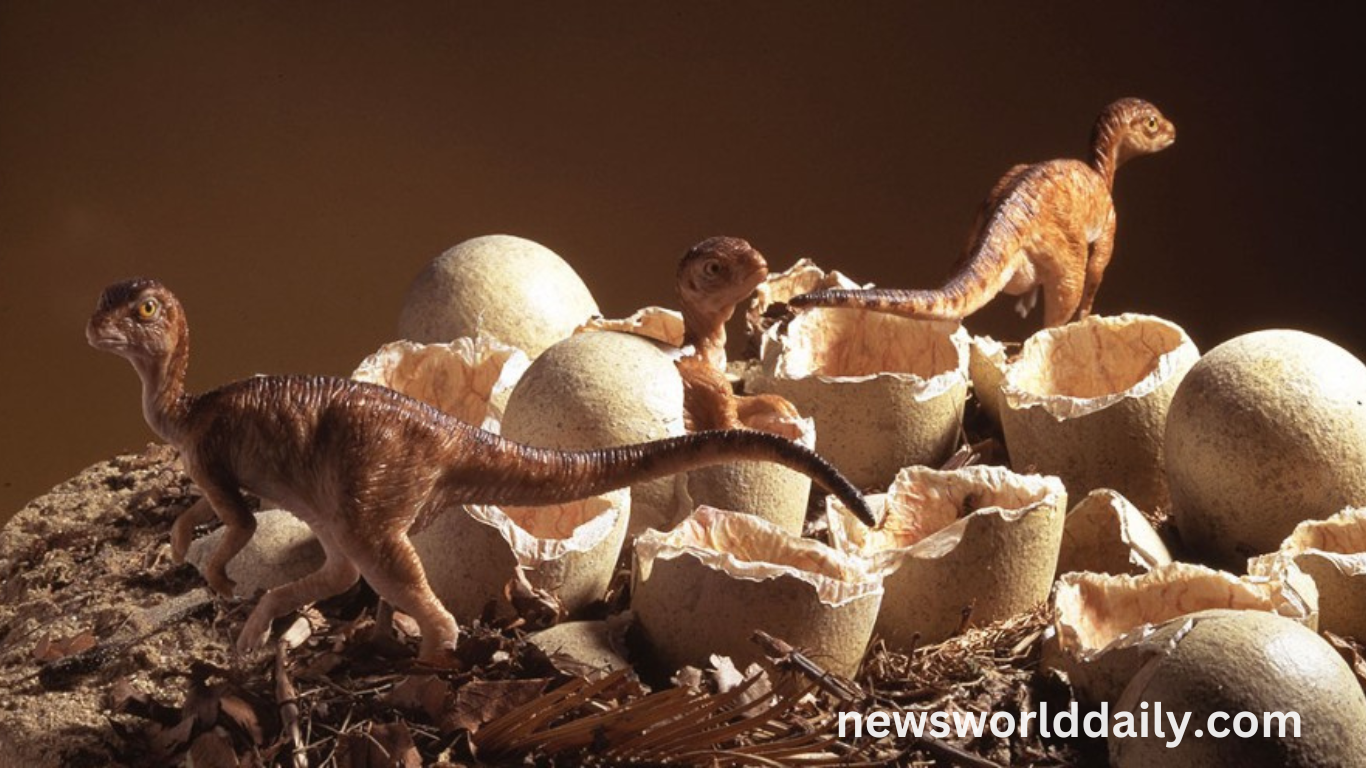Dinosaurs present a fascinating chapter in the history of life. Their reproductive methods, particularly egg-laying, invite inquiry into how these ancient creatures fit into the broader tapestry of animal classification. Egg-laying is a trait that has emerged in diverse lineages, raising questions about the criteria used to define groups such as reptiles.
Taxonomic Complexities in the Animal Kingdom
Classification in biology relies on evolutionary relationships and distinctive features. The presence of eggs alone does not necessarily group species together under one category. A wide array of organisms, from fish to birds, share this characteristic, highlighting the importance of understanding deeper genetic and morphological links.
Evolutionary Divergence and Shared Characteristics
While both dinosaurs and many modern reptiles share common ancestry, significant evolutionary divergence occurred over millions of years. Genetic studies and fossil records reveal that features such as warm-bloodedness and advanced parental care evolved among certain dinosaur groups, setting them apart from the cold-blooded nature of many contemporary reptiles.
Insights from Fossil Records
Paleontological discoveries offer insights into the life histories of dinosaurs, including the structure and composition of their eggs. Detailed fossil analyses reveal variations in eggshell texture and nesting behavior that contrast with those observed in modern reptiles. These distinctions have guided scientists in rethinking traditional classifications and understanding evolutionary innovations.
Modern Perspectives on Dinosaur Classification
Contemporary scientists often position birds as direct descendants of theropod dinosaurs, demonstrating that the story of egg-laying transcends rigid taxonomic boundaries. The evolution of birds introduces nuances in classification that extend beyond the simple reptile grouping. Emphasizing evolutionary lineage rather than isolated traits leads to a more comprehensive understanding of biodiversity.
The Role of Comparative Anatomy and Genetics
Advances in comparative anatomy and molecular genetics provide tools to discern the evolutionary paths that separated dinosaurs from other egg-laying creatures. By examining skeletal structures, genetic sequences, and developmental patterns, researchers are able to trace the lineage of these animals with increasing precision. These scientific methods continue to challenge and refine traditional taxonomic systems.
Broadening the Scope of Biological Classification
The inquiry into whether all egg-laying animals should be classified as reptiles encourages a broader discussion on the criteria used in biological taxonomy. By integrating paleontological, anatomical, and genetic data, scientists are constructing classification frameworks that better reflect the evolutionary history of life on Earth. This evolving perspective underscores the complexity of nature and the continuous journey toward a deeper understanding of animal diversity.
Frequently Asked Questions
Why aren’t all egg-laying animals classified as reptiles?
Egg-laying is one trait among many. Classification considers evolutionary history, anatomy, and genetics.
What distinguishes dinosaurs from modern reptiles?
Dinosaurs exhibit unique features such as warm-blooded traits and advanced parental care, setting them apart from many reptiles.
How do fossil records influence dinosaur classification?
Fossils provide details on eggshell structure and nesting behaviors, revealing evolutionary divergences from modern reptiles.
Why are birds considered part of the dinosaur lineage?
Genetic and anatomical evidence links birds to theropod dinosaurs, showing a direct evolutionary relationship.
What role does genetics play in classifying dinosaurs?
Genetic studies uncover evolutionary links and divergences, helping scientists trace how dinosaurs differ from other egg-laying species.
How do scientists decide on taxonomic classifications?
They integrate fossil evidence, anatomical studies, and genetic data to build classification frameworks reflecting evolutionary histories.
Can egg-laying alone define an animal’s classification?
No, classification involves multiple factors; egg-laying is just one of many traits examined.
How has modern research changed our view of dinosaur classification?
Advances in paleontology and genetics continue to refine our understanding, challenging traditional reptile classifications.
Conclusion
The exploration of dinosaur classification demonstrates that a single trait like egg-laying is insufficient for grouping. Integrating fossil records, genetic data, and anatomical differences provides a nuanced view of evolutionary relationships, distinguishing dinosaurs from modern reptiles while revealing their complex ties to birds. This comprehensive approach enriches our understanding of the natural world and highlights the dynamic nature of scientific discovery.









